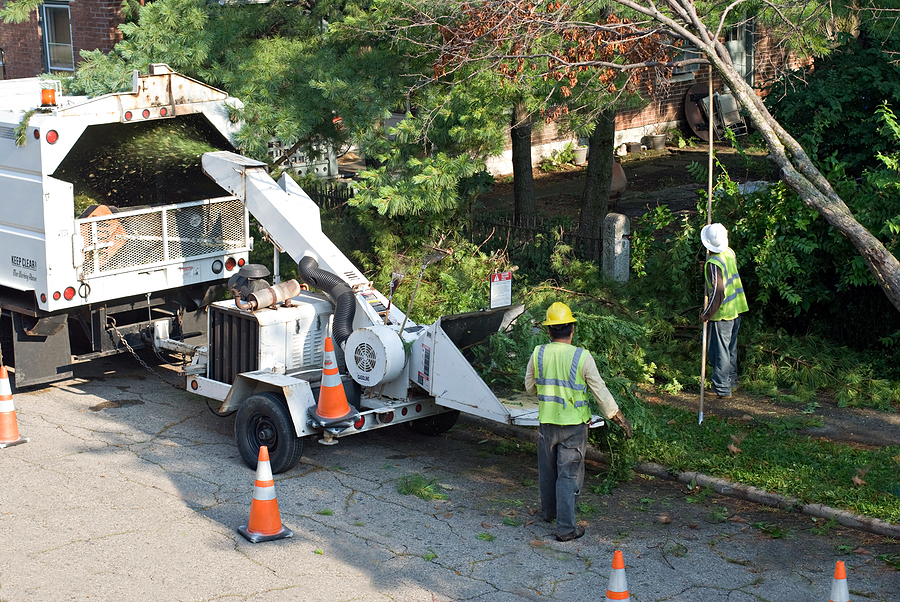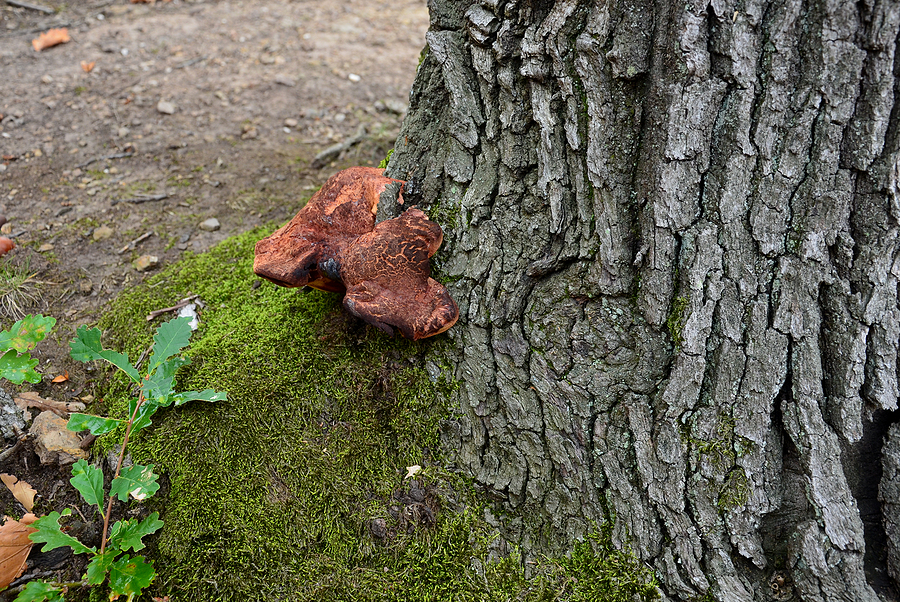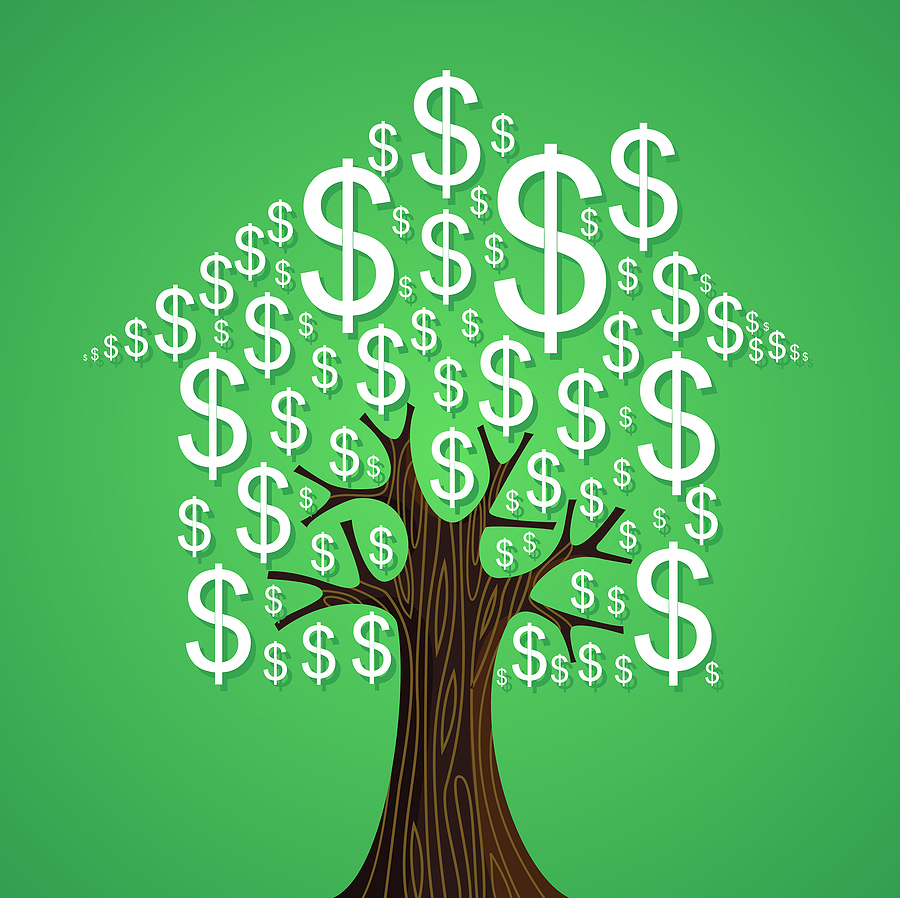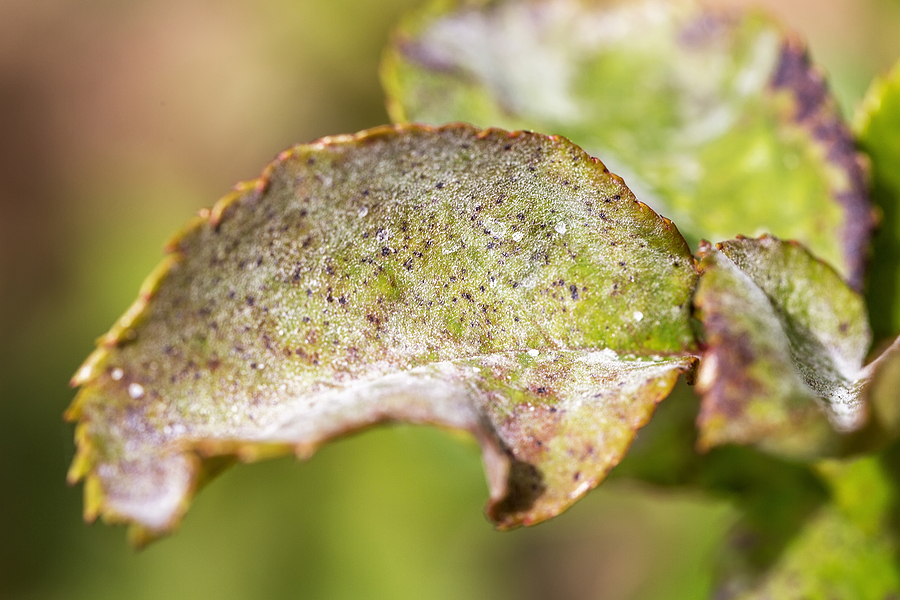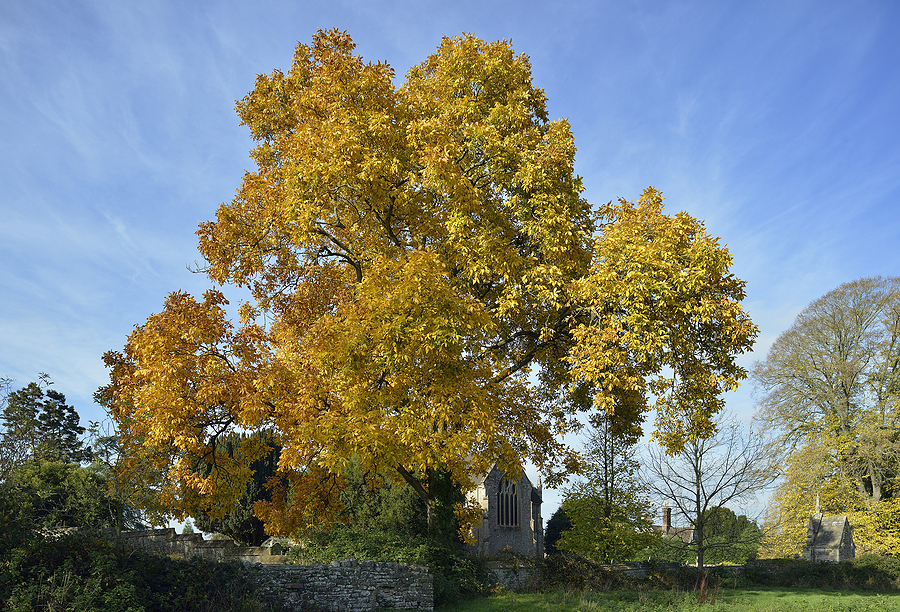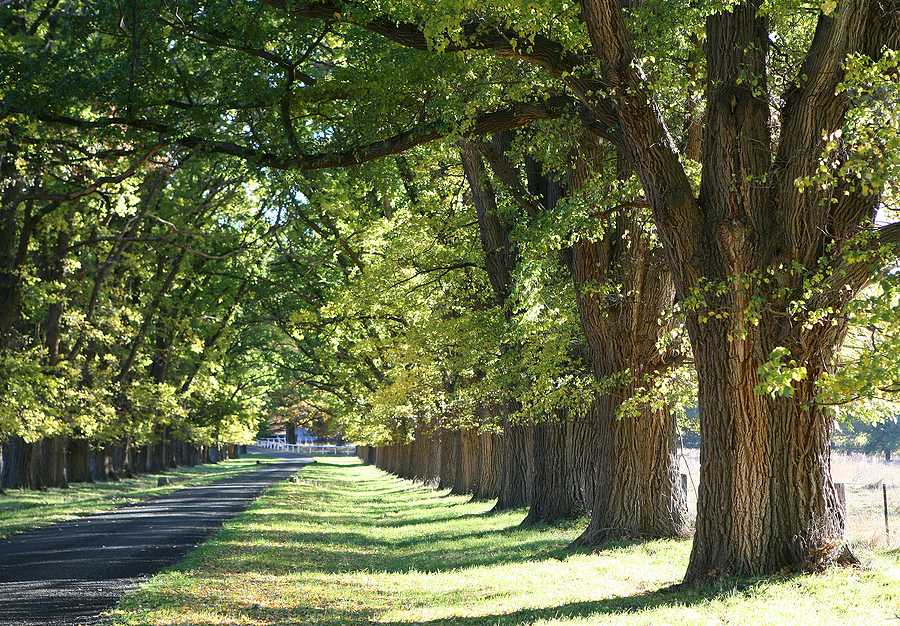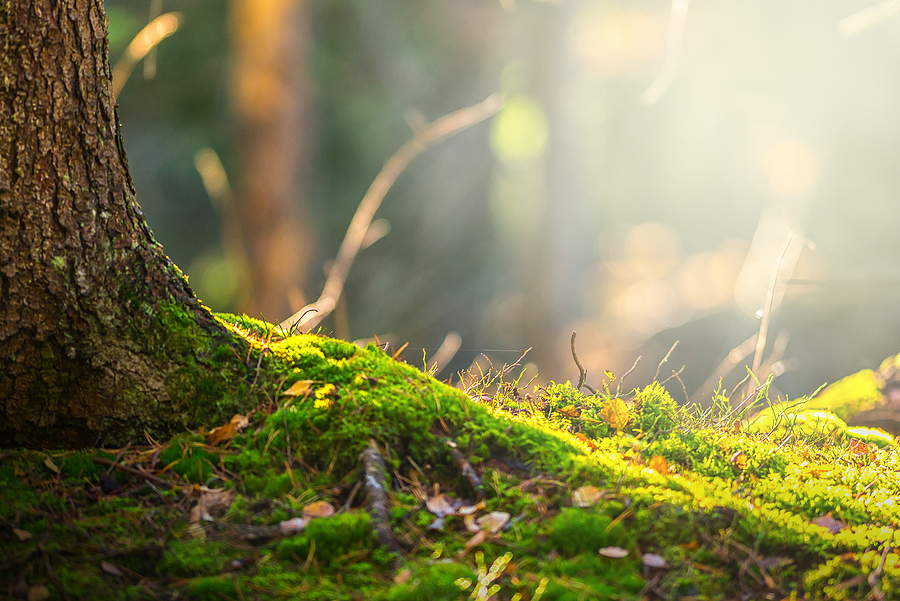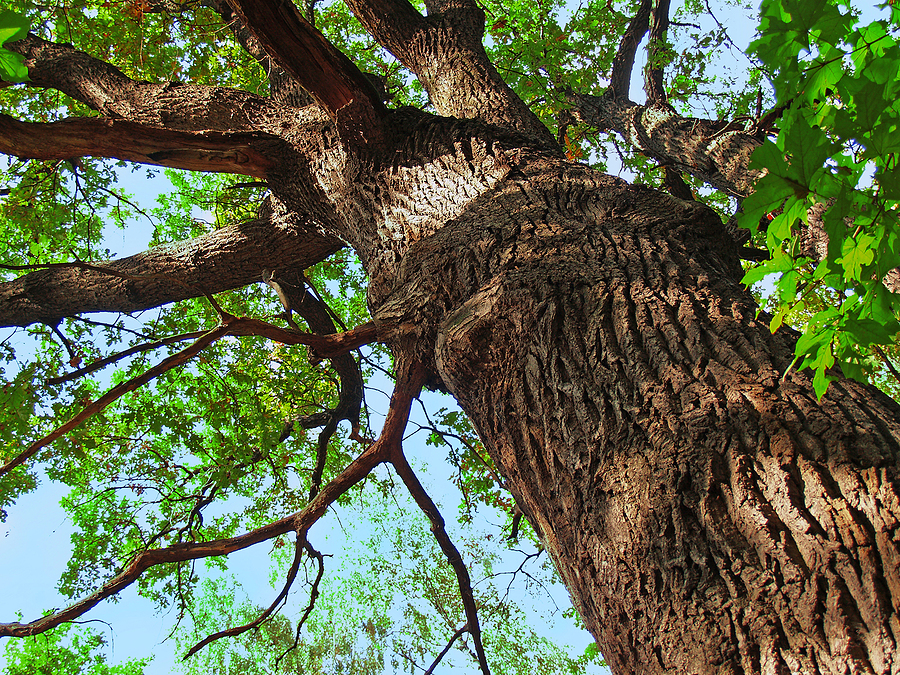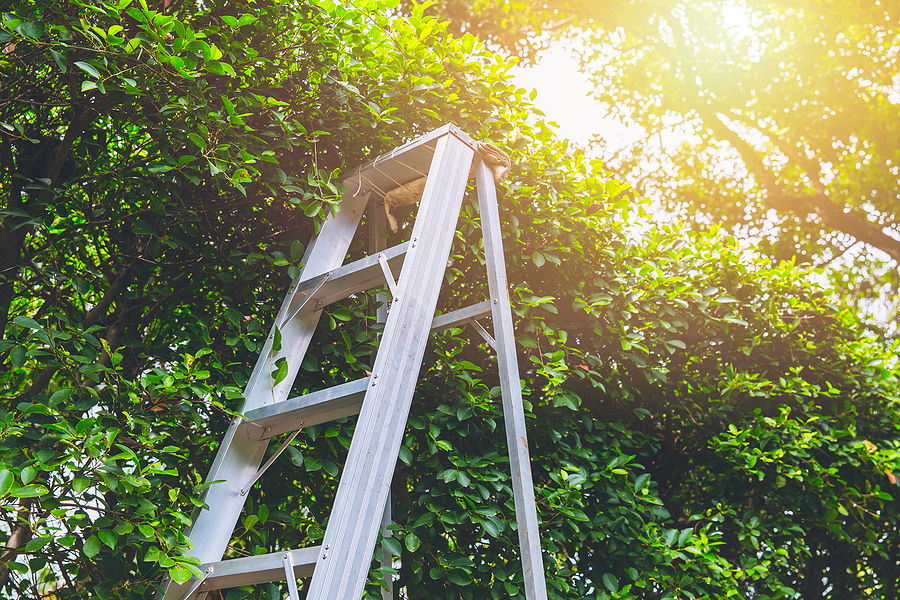That warm winter sun can feel like a welcome break from the cold, but for your trees, it can be a hidden danger. When temperatures fluctuate dramatically, a condition known as sunscald can develop, causing significant damage to tree bark. This injury not only affects a tree’s appearance but can also leave it vulnerable to pests and diseases, potentially compromising its long-term health.
Understanding what sunscald is and how to protect your trees is essential for any homeowner. This guide will walk you through how to identify, prevent, and treat this common but often misunderstood condition. By taking a few proactive steps, you can ensure your landscape remains healthy and vibrant for years to come.
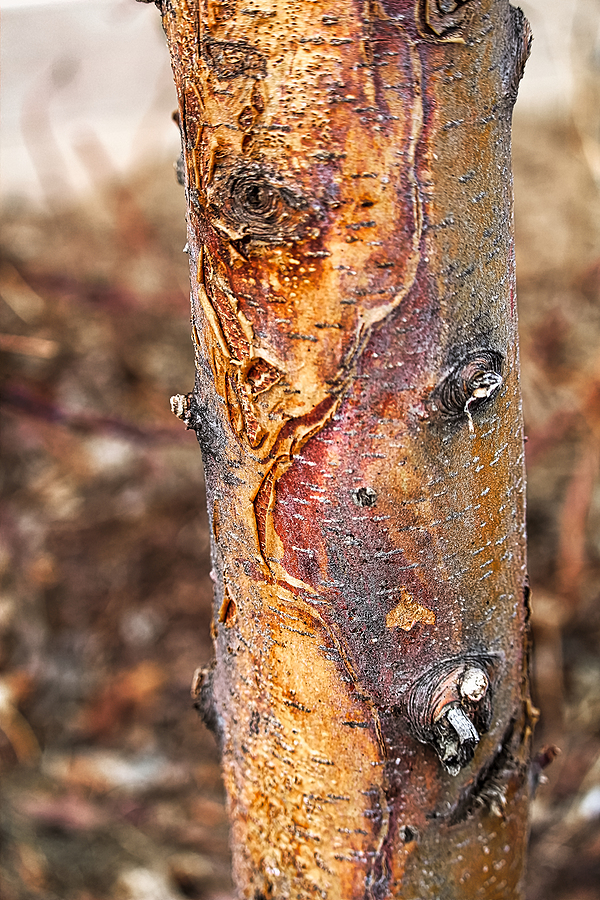
What Is Tree Sunscald?
Sunscald, sometimes called southwest winter injury, is essentially a tree’s version of a sunburn. It occurs during late winter and early spring when the sun’s intense rays heat up the smooth, dark bark of a tree during the day. This warmth awakens the dormant cells underneath the bark, stimulating them into activity.
The problem arises when the sun sets or is suddenly blocked by clouds, causing temperatures to plummet rapidly, often below freezing. The reactivated cells are not prepared for this sudden drop and are killed by the frost. This cell death leads to damaged, discolored, and often cracked areas of bark, primarily on the south and southwest sides of the tree where sun exposure is most direct.
This injury is more than just cosmetic. The tree’s bark acts as a protective shield, similar to our skin. When it’s damaged, the tree loses a critical defense layer, creating an open invitation for wood-boring insects and fungal diseases to invade.
Identifying Sunscald on Your Trees
Recognizing the signs of sunscald early is key to managing its impact. The symptoms can vary in severity but typically appear as distinct areas of discoloration on the trunk.
Here are the common signs to look for:
- Discolored Bark: The first noticeable symptom is often a patch of bark that appears reddish-brown or yellowish.
- Cracked or Peeling Bark: As the damaged tissue dies, the bark may begin to crack, peel, or fall off in sheets, exposing the underlying wood.
- Sunken Areas: The affected area might look sunken or flattened compared to the healthy bark surrounding it.
- Cankers: Over time, these damaged spots can develop into cankers, which are open wounds on the trunk or branches.
These symptoms are almost always found on the south or southwest side of the tree trunk, where the afternoon sun is most intense. Young, newly planted trees are particularly susceptible as their bark is thinner and less established.
Which Trees Are Most at Risk?
While any tree can theoretically be affected by sunscald, certain species are more vulnerable than others. The risk is highest for trees with thin, smooth bark, as they offer less insulation against temperature fluctuations.
Trees commonly susceptible to sunscald include:
- Maples (especially red and silver maples)
- Fruit Trees (like apple, cherry, and plum)
- Honey Locusts
- Lindens (Basswood)
- Willows
- Mountain Ash
- Birch
Newly planted trees of any species are also at high risk because they are still adjusting to their new environment and may experience transplant shock, making them less resilient.
Learn More About Tree Care Services and Solutions ✨
How to Prevent Sunscald
Prevention is the most effective strategy for dealing with sunscald. By taking proactive measures, you can protect your vulnerable trees from the harsh effects of the winter sun.
Tree Wraps
One of the most common and effective methods is to wrap the trunks of young or thin-barked trees. Use a commercial-grade tree wrap made of paper or other breathable material.
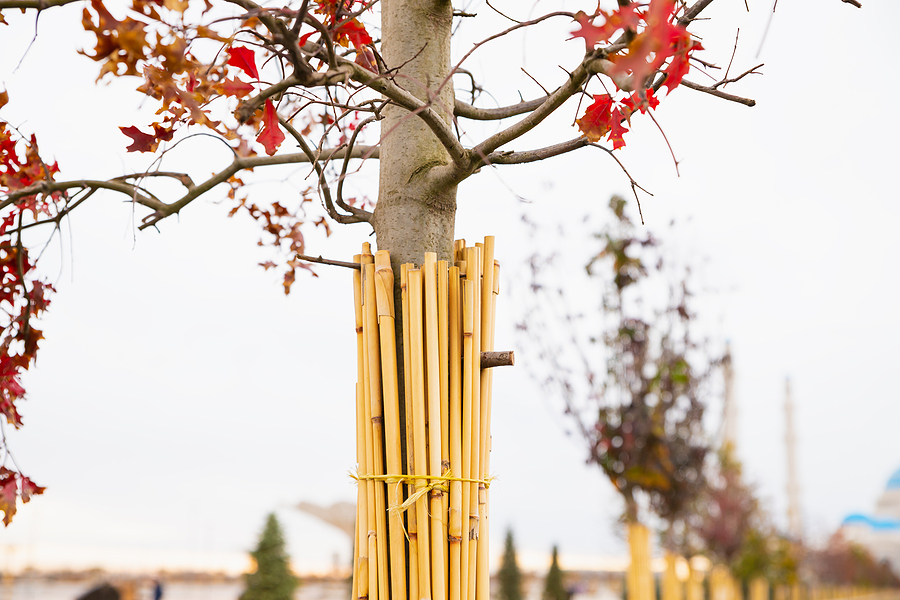
- How to Apply: Starting at the base of the tree, wrap the trunk upwards to the first set of branches, overlapping each layer by about one-third.
- When to Apply: Put the wraps on in the late fall, after the leaves have dropped but before the first hard frost.
- When to Remove: Remove the wraps in the spring after the last frost has passed to prevent moisture buildup and to allow the bark to adapt to warmer temperatures.
Proper Pruning
Maintaining a healthy canopy can provide natural shade for the trunk. Avoid excessive pruning that exposes the trunk to direct sunlight, especially on the south and southwest sides. Proper structural pruning when the tree is young can encourage a well-distributed canopy that offers better self-shading as the tree matures. Professional tree pruning is highly recommended for optimal results.
Strategic Planting
When adding new trees to your landscape, consider their placement. Planting vulnerable species where they will receive some afternoon shade from buildings or larger, more established trees can significantly reduce their risk of sunscald.
Treating Sunscald Damage
If you discover sunscald on one of your trees, don’t panic. While you cannot reverse the initial damage, you can take steps to help the tree heal and prevent further issues.
Clean the Wound
Carefully trim away any loose, dead bark around the affected area using a sharp, sterilized knife. Be gentle and avoid cutting into the healthy wood or bark surrounding the wound. Rounding the edges of the wound into a smooth, elliptical shape can help the tree compartmentalize the damage more effectively.
Do Not Apply Paint or Sealants
It was once common practice to apply wound paint or tar to tree injuries. However, research has shown that these sealants can trap moisture and inhibit the tree’s natural healing process, potentially making the problem worse.
Support Tree Health
The best thing you can do for a damaged tree is to promote its overall vigor. Ensure it receives adequate water, especially during dry periods, and apply a layer of mulch around its base (without touching the trunk) to retain soil moisture and regulate temperature.
A healthy tree is much more capable of sealing off a wound and defending itself against secondary infections from pests or disease.
In Summary
Sunscald is a serious condition that can impact the health and longevity of your trees. By understanding its causes and learning to recognize the signs, you can take effective steps to protect your landscape. Simple preventative measures like wrapping trunks and practicing proper care can make all the difference, especially for young and vulnerable trees.
If you have a tree that has been severely damaged or are unsure how to properly care for it, professional help is available. For expert tree removal and tree trimming services in Indianapolis, our certified tree care professionals are here to help you maintain a safe and beautiful landscape. Contact Us Today for a consultation.
Related Post: Indiana Hardy Trees That Can Be Planted in Full Sun Locations

